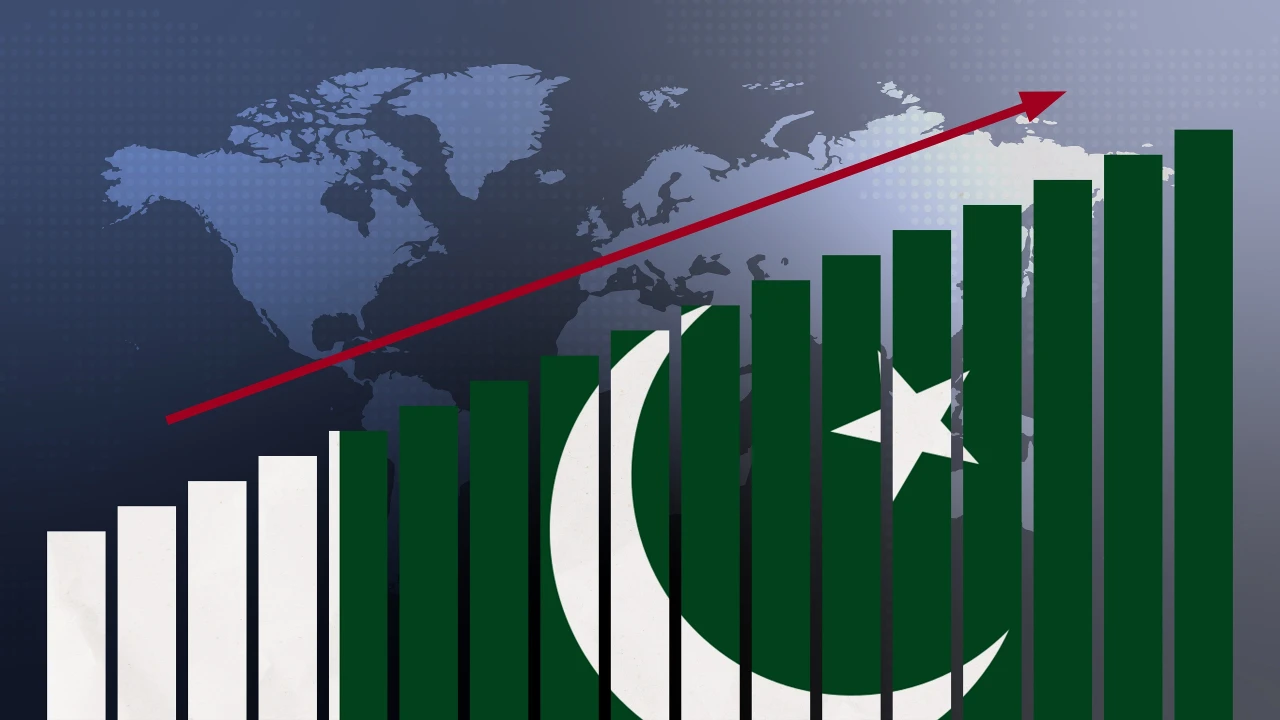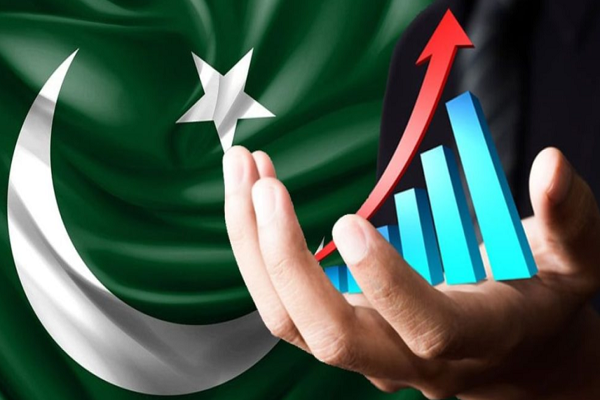Pakistan has a population of 220 million and has a GDP of $347 billion with a GDP per capita (nominal) of $1666 and a GDP per capita (PPP) of $5973. Pakistan is among the developing countries and has a semi-industrial economy. Economic Growth of Pakistan is 18th largest, regarding purchasing power parity (PPP)and 43rd largest in terms of nominal growth domestic product.

Pakistan Economy Review:
The economy of Pakistan has an unstable growth over time and it’s in a bump and bust cycle facing difficulties in achieving long-term and dynamic growth. The unstable economic growth is due to unexpected long-standing issues such as loss-making SEOS, weak external position due to insufficient export capacity, lessening energy sectors, and low savings and investments. The economy was agricultural at the time of independence, but now it has become expanded. Agriculture is now not only left which provides one-fifth of GDP, manufacturing and assembling now provides one-sixth of GDP. When coming to the structure of the economy, Pakistan is shown in middle-income countries of East and Southeast Asia. There is over one-fourth of Pakistan is cultivable land and a very small percent of crops or meadows. Our 5% o the county is forested, although agriculture, forestry, and fishing can employ our labor hood and even a large number of population for their livelihood.
Economy Growth Poles:
Pakistan’s economy is established along with the Indus river, the dynamic economy of Karachi, the Urban center of Punjab, and also synchronized with the lesser developed regions in the country. In the past, the economic condition was disturbed because of internal political debate, a fast-growing population, and mixed levels of investments from foreign countries. Foreign exchange reserves are carried by the stable worker remittance, but the deficit-driven of the current account is because of the large gap between import growth excelled export growth. Karachi is the most important growth pole of the country and it’s the 7th rank biggest city where people will be willing to see huge economic and social development. It has a population of 27.5 million and has a GDP of $164 million and is the most popular and biggest growth pole, song with the other major poles of Pakistan: Peshawa, Gawadar, Lahore, and Islamabad.
Background of Economy
Pakistans economy in the past period of 2002-2012 has been at risk and unstable because of internal and external shocks. However, the economy was shown to be unexpectedly strong in the adverse events that happened in four years 1998-2002 such as the Asian financial crisis, Pakistan was sanctioned to the eyeballs, and the Global recession of 2002-2002. When Pakistan was separated from India in 1947, Pakistan was left as a fake- democracy and threatened by the sectarian clash and religious hatred. Prime minister Imran khan took undertake in 2018 with promises of job creation, house forming, and economic growth, but nothing happened infact political and social insecurity blocked economic development. China has assured $60billion on infrastructure and energy investments in CPEC projects that also has many ups and downs and criticism.
Pre-n-Post Pandemic:
Pandemics like COVID-19 come once in times that ruined the global economy. Pakistan has shown much better in rendering as compared to many other countries. The government took many actions and made many policies such as smart lockdown, monetary and facial measures, rapid vaccinations. National Command and operating centers (NCOC) as an organization were given the responsibility to take action and make decisions regarding pandemics in collaboration with the provinces. The situation of the pandemic was under control due to the timely decisions of the government. Earlier to the pandemic, the working population was 55.74 million, the number dripped down to 35.04 million, it shows that people lost their jobs or were not able to work. Due to the government’s sudden actions, the working population then rose to 52.56 million. The economy has gained a V-shaped recovery. The current economy has achieved betterment without compromising internal and external problems.
Economy due to Inflation:
Inflation in Pakistan has increased to 13% in January 2022 from 12.3% in December. The CPI was recorded for July 2021 at 8.8% against 10.9 during the same period last year. More inflation indicators show that the SPI rate in 2020 was 13.5% against 14.0% in 2021. The WPI was recorded at 8.4% in July 2021 compared to 24.0 in January 2022. The major inflation at the beginning of the year 2021 in both urban and rural areas came from the food groups mainly due to the extended monsoon season. When government realize the importance of supply disruption started establishing Sahulat Bazar in all parts of the world. The raised prices of farming products and oil also grant domestic inflation as well. Inflation is the project which is going to end in 2022 and there are rumors of increasing in tax prices of domestic energy and oil prices letting up to 2023. It is expected that poverty is decreasing, reaching 4.0% in 2023. The current scenario is planned to be widened to 2.5% of GDP in 2023, as the imports and oil increase suddenly the economic growth will also expand.




